При установке Windows 11 или Windows 10 пользователь может столкнуться с ошибкой Драйверы устройств не найдены. Проверьте, что на установочном носителе имеются правильные драйверы и нажмите OK.
Ошибка, когда не удается найти драйверы устройств возникает из-за поврежденного ISO образа, неактивного раздела или формата самого диска. Разберем, что делать и как исправить данную проблему.
Исправить ошибку не найденных драйверов для устройств
1. Установка Windows 11/10 c USB 2.0
Попробуйте установить Windows 11/10 с USB 2.0 на компьютере или ноутбуке. Обратите внимания на картинку ниже, синий порт это USB 3.0, а черный USB 2.0.
2. Установочная USB флешка
Попробуйте создать установочную флешку с разметкой MBR, так как в большинстве случаев MediaCreationTool создает со схемой GPT. Воспользуйтесь программой Rufus и выберите схему MBR.
3. Скачать драйверы SATA или AHCI
Загрузите последнюю версию драйвера SATA или AHCI с сайта производителя и закиньте их на другую USB флешку. Воспользуйтесь поиском Google, чтобы найти нужные драйеры. Для Intel, драйвер называется Intel Rapid Storage Technology (IRST). Если ноутбук, то в поиске наберите его модель или, если это ПК, то процессор + материнская плата.
Далее начните установку Windows 11/10 и, когда появится ошибка, что драйверы устройств не найдены, вставьте другую флешку с драйверами SATA и AHCI и нажмите Загрузить или Обзор, и укажите путь к флешке с драйверами.
4. Сделать раздел активным
1. Начините установку системы Windows 11/10 и на шаге «Установить» нажмите снизу на Восстановление системы, чтобы попасть в дополнительные параметры.
2. Далее Поиск и устранение неисправностей > Дополнительные параметры и Командная строка.
3. В окно командной строке задайте следующие команды:
diskpartlist diskselect disk(Номер Диска)list partitionselect partition(Номер раздела)active
Описание команд: Запускаем инструмент Diskpart, выводим список дисков, выбираем нужный нам диск, на котором windows и ошибка, далее выводим список разделов на выбранном диске, выбираем нужный раздел, где нужно установить windows 11/10 или старый, где уже было система, после чего делаем его активным.
Важно: Хочу заметить, что это только для MBR разметки, если у вас GPT, то данная схема не нуждается в активном разделе. Пропустите данный пункт, если у вас ошибка после последней команды Active.
5. Отформатировать диск
Это удалит все ваши данные на всем диске. Запустите обратно командную строку из дополнительных параметров и введите следующие команды, после чего выключите ПК и начните заново установку Windows 11/10.
diskpartlist diskselect disk(номер диска)cleancreate partition primaryformat fs=ntfs quick
Обратите внимание, что я пример показываю на форматировании USB-накопителя и через запуск Терминала на рабочем столе. Вы должны указать тот диск, на который хотите установить систему или выдается ошибка, что драйверы устройств не найдены при установке Windows 11/10.
Смотрите еще:
- Исправить No boot disk has been detected or the disk has failed
- No Bootable Device при включении Windows 10 — Что делать?
- No suitable graphics card found — Как исправить?
- Ошибка: A disk read error occurred Press Ctrl+Alt+Del to restart
- Reboot and select proper Boot Device
[ Telegram | Поддержать ]
Thanks. I thought you had simply failed to copy the full GUID when you pasted the output from UEFI:NTFS, hence why I replaced your HD(1,GPT,956232A8-5A86-467F-88 with HD(1,GPT,956232A8-5A86-467F-88...) when I edited the formatting.
So I think you’ve been assuming that UEFI:NTFS had been truncating the GUID, when it’s just your environment that did that. The GUID that’s part of the device path is something that we obtain from the UEFI system, and not a string we construct, and again, it is obtained long before the NTFS driver is loaded, so there’s simply no logical possibility that there is internal truncation of the device path, unless you were to also get an error with 3.9, which you don’t.
In other words, even if you may see them truncated on screen, the GUIDs being used internally by UEFI:NTFS are correct and the cause of the issue is something that, as the other issue details, has to do with whether the NTFS driver was compiled using EDK2 or gnu-efi.
Considering all this, I will close this issue, as this is a duplicate of #1213.
If you do have a chance however, would it be possible for you to run the test described here, and post the result in the #1213 thread?
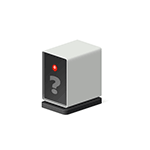
Текст сообщения об ошибке не особо понятен, особенно для начинающего пользователя, потому как не ясно, о каком именно носителе идет речь и можно предположить (неверно), что дело в SSD или новом жестком диске, на который происходит установка (об этом здесь: Не виден жесткий диск при установке Windows 7, 8 и Windows 10), однако обычно это не так и дело в другом.
Основные шаги, чтобы исправить ошибку «Не найден необходимый драйвер носителя», которые будут подробно описаны в инструкции далее:
- Если вы устанавливаете Windows 7 и делаете это с флешки (см. Установка Windows 7 с флешки), подключите USB накопитель к разъему USB 2.0.
- Если диск с дистрибутивом записан на DVD-RW, либо долго не использовался, попробуйте заново записать загрузочный диск с Windows (а лучше, возможно, попробовать установку с флешки, особенно если есть сомнения в полной работоспособности привода для чтения дисков).
- Попробуйте записать установочную флешку с помощью другой программы, см. Лучшие программы для создания загрузочной флешки. Например, сравнительно часто (по неясным причинам) ошибку «Не найден необходимый драйвер для дисковода оптических дисков» видят пользователи, записавшие USB накопитель в UltraISO.
- Используйте другой USB накопитель, удалите разделы на текущей флешке, если она содержит несколько разделов.
- Заново скачайте ISO Windows и создайте установочный накопитель (дело может быть в поврежденном образе). Как скачать оригинальные ISO образы Windows 10, 8 и Windows 7 с сайта Майкрософт.
Основная причина ошибки Не найден необходимый драйвер носителя при установке Windows 7
Ошибка «Не найден необходимый драйвер носителя» во время установки Windows 7 наиболее часто бывает вызвана (особенно в последнее время, по мере обновления компьютеров и ноутбуков у пользователей) тем, что загрузочная флешка для установки подключается к разъему USB 3.0, а официальная программа установки ОС не имеет встроенной поддержки драйверов USB 3.0.
Простое и быстрое решение проблемы — подключить флешку к порту USB 2.0. Их отличие от разъемов 3.0 — в том, что они не синего цвета. Как правило, после этого установка происходит без ошибок.
Более сложные способы решения проблемы:
- Записать на ту же флешку драйверы для USB 3.0 с официального сайта производителя ноутбука или материнской платы. При условии, что там есть эти драйверы (могут находиться в составе Chipset Drivers), а записывать их обязательно нужно в распакованном виде (т.е. не как exe, а как папку с файлами inf, sys и, возможно, другими). При установке нажать «Обзор» и указать путь к этим драйверам (если драйверов нет на официальных сайтах, можно использовать сайты Intel и AMD для поиска драйверов USB 3.0 для вашего чипсета).
- Интегрировать драйверы USB 3.0 в образ Windows 7 (здесь требуется отдельное руководство, которого у меня на данный момент нет).
Ошибка «Не найден необходимый драйвер для дисковода оптических дисков» при установке с DVD
Основная причина ошибки «Не найден необходимый драйвер для оптических дисков» при установке Windows с диска — поврежденный диск или плохо читающий диски привод DVD.
При этом, повреждений вы можете и не видеть, а на другом компьютере установка с этого же диска происходить без проблем.
В любом случае, первое, что следует попробовать в данной ситуации — либо записать новый загрузочный диск Windows, либо использовать загрузочную флешку для установки ОС. Оригинальные образы для установки доступны на официальном сайте Майкрософт (выше приводил инструкцию о том, как их скачать).
Использование другого ПО для записи загрузочного USB накопителя
Иногда случается, что сообщение об отсутствующем драйвере носителя появляется при установке Windows 10, 8 и Windows 7 с флешки, записанной какой-то определенной программой и не появляется при использовании другой.
Попробуйте:
- Если у вас мультизагрузочная флешка, записать накопитель с одним образом, например, с помощью Rufus или WinSetupFromUSB.
- Просто использовать другую программу для создания загрузочной флешки.
Проблемы с загрузочной флешкой
Если указанные в предыдущем разделе пункты не помогли, дело может быть и в самой флешке: если есть возможность, попробуйте использовать другую.
А заодно проверьте, не содержит ли ваша загрузочная флешка несколько разделов — это тоже может приводить к появлению таких ошибок при установке. Если содержит, удалите эти разделы, см. Как удалить разделы на флешке.
Дополнительная информация
В некоторых случаях, ошибка может быть вызвана и поврежденным образом ISO (попробовать загрузить заново или из другого источника) и более серьезными проблемами (например, неправильно работающая оперативная память может приводить к повреждению данных при копировании), хотя это и случается редко. Тем не менее, если есть возможность, стоит попробовать произвести загрузку ISO и создание накопителя для установки Windows на другом компьютере.
На официальном сайте Майкрософт также присутствует собственная инструкция по исправлению проблемы: https://support.microsoft.com/ru-ru/kb/2755139.
Hello, everybody.
I had Linux Mint (and only Mint) in my computer for some time and wanted to dual-boot with Windows 10. I cleaned my disk with Windows’ diskpart and installed Windows 10. Right after, I partitioned my disk to receive the new OS and used Rufus to make a bootable flash drive with Linux Mint 19.3; but when I try to boot it, some problems come up. First, if my flash drive’s file system is FAT32 (the standard, according to Rufus), it opens a GRUB 2.02 terminal and says
Code: Select all
Boot Succeeded - 1. USB HDD: General
error: unknown filesystem.
error: no such device: /.disk/info.However, if it’s NTFS, the same terminal opens, but the message is different:
Code: Select all
***UEFI:NTFS (x64)***
[INFO] Disconnecting potentially blocking drivers
[INFO] Searching for target partition on boot disk:
[INFO] PciRoot(0)/Pci(0x1D, 0x0)/Usb(0x0, 0x0)/Usb(0x1, 0x0)
[INFO] Found NTFS target partition:
[INFO] PciRoot(0)/Pci(0x1D, 0x0)/Usb(0x0, 0x0)/Usb(0x1, 0x0)/HD(1,GPT,02890B0A-...)
[INFO] Checking if target partition needs the NTFS service
[WARN] An NTFS service is already loaded
[INFO] Opening target NTFS partition:
[INFO] Volume label is 'Linux Mint 19_3 Cinnamon 64-bit'
[INFO] This system uses 64-bit x86 UEFI => searching for x64 EFI bootloader
[INFO] Launching 'EFIBOOTBOOTx64.EFI'...In both cases, these messages appear when I type ‘exit’ in the GRUB terminal or right before getting to it. The only other option is to access the Windows Boot Manager, which takes me to Windows 10.
I’ve searched around for a fix to this situation, but have found nothing helpful. I’ve no idea what these messages mean, as I am the equivalent to a potato when it comes to OSes, and don’t know how to procceed.
Basically, my question is: what does all this mean and how can I safely and effectively boot into Mint so I can dual-boot.
Last edited by LockBot on Wed Dec 28, 2022 7:16 am, edited 1 time in total.
Reason: Topic automatically closed 6 months after creation. New replies are no longer allowed.
by Kazim Ali Alvi
Kazim has always been fond of technology, be it scrolling through the settings on his iPhone, Android device, or Windows. And at times, unscrewing the device to take… read more
Published on March 30, 2022
- The drivers not found error when installing Windows 11is usually encountered when using the installation assistant, disc, or a bootable USB.
- It could be that the drivers were not loaded while creating the bootable USB or it’s just the USB 3.0 port to be blamed.
- To fix the error, try using a USB 2.0 port to connect the bootable USB, or enable XHCI Hand-off in BIOS, amongst other methods here.
XINSTALL BY CLICKING THE DOWNLOAD FILE
This software will keep your drivers up and running, thus keeping you safe from common computer errors and hardware failure. Check all your drivers now in 3 easy steps:
- Download DriverFix (verified download file).
- Click Start Scan to find all problematic drivers.
- Click Update Drivers to get new versions and avoid system malfunctionings.
- DriverFix has been downloaded by 0 readers this month.
The regular version of Windows 11, one of the most awaited iterations, is finally out, and users have been thrilled to upgrade. But, many are unable to do so due to the No device drivers were found errors while installing Windows 11.
There are many ways to upgrade to Windows 11, via Windows Update, using the Windows installation assistant, or using a bootable USB drive. The error, however, is encountered with the latter two, while the upgrade process is smooth via Windows Update.
So, if you have received an update for Windows 11, go with that and you shouldn’t come across the No drivers were found error.
But if you haven’t received an update, fret not! In the following section, we will walk you through the most effective fixes for the error.
How do I fix the Driver not found error when installing Windows 11?
1. Use a USB 2.0 port
USB 3.0 ports are relatively new and offer a higher transfer speed, along with other benefits. But, these may be the reason you are encountering the No drivers were found error while installing Windows 11.
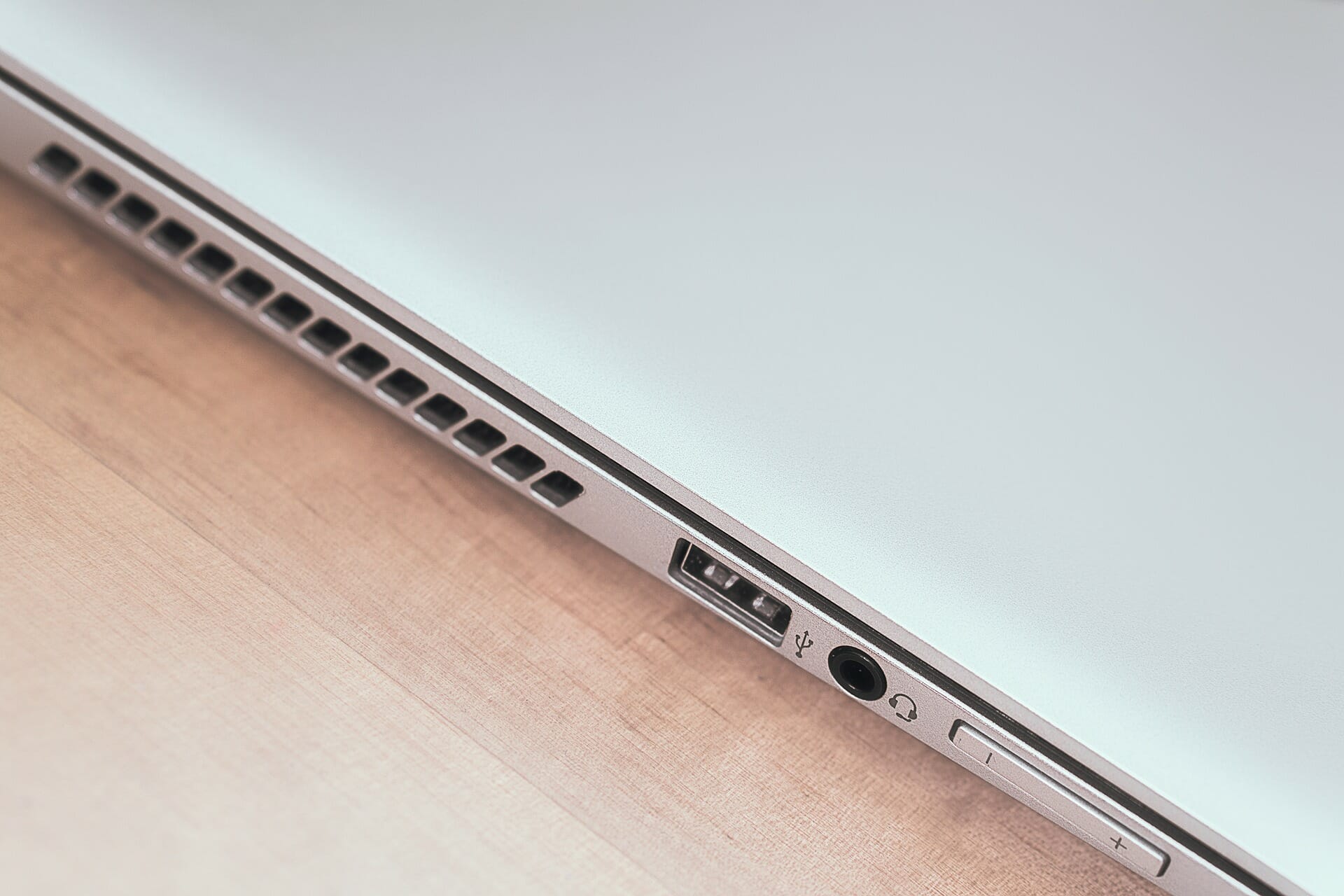
So, if you were indeed using a USB 3.0 port, switch to USB 2.0, and check if the error is fixed. This method has worked for most users, and should be your primary approach while troubleshooting.
In case the error persists, or your PC doesn’t have a USB 2.0 port, try the next method.
2. Set the desired partition as active
- Press the power button to force shut down the computer, and then restart it. As soon the Windows logo appears, again hold the power button to turn it off.
- Repeat the process a couple of times until Windows initiates the Startup Repair. Once it does, wait for it to complete, and then click on Advanced options.
- Next, click on Troubleshoot.
- Select Advanced options here.
- Now, click on Command Prompt from the six options listed here.
- Once here, execute the following command.
diskpart - Execute the following command to view the various disks.
list disk - Next, paste the following command and hit Enter to select a disk. Make sure to replace X with the disk number you are selecting in this command as well as the ones in the following steps.
select disk X - Now, execute the following command to list the partition.
list partition - Paste the following command and hit Enter to select the desired partition to store Windows.
select partition X - Finally, execute this command to mark the selected partition as active.
active
Some PC issues are hard to tackle, especially when it comes to corrupted repositories or missing Windows files. If you are having troubles fixing an error, your system may be partially broken.
We recommend installing Restoro, a tool that will scan your machine and identify what the fault is.
Click here to download and start repairing.
After making the changes, close Command Prompt, and now try installing Windows 11. In most likelihood, the No drivers were found error should not pop up now while installing Windows 11.
- Browser Not Working on Windows 11: How to Fix This
- Fix: Your Account Doesn’t Match Your Dev Environment
- How to Password Protect Zip Files in Windows 11 [3 Tips]
- How to Install Software Without Admin Rights on Windows 11?
3. Turn on XHCI Hand-off in BIOS
The eXtensible Host Controller Interface or XHCI is a setting in BIOS that decides whether the USB ports will be controlled by the BIOS or the OS. When it’s disabled, BIOS is responsible for controlling USB devices, and when it’s enabled, the job lies with the OS.
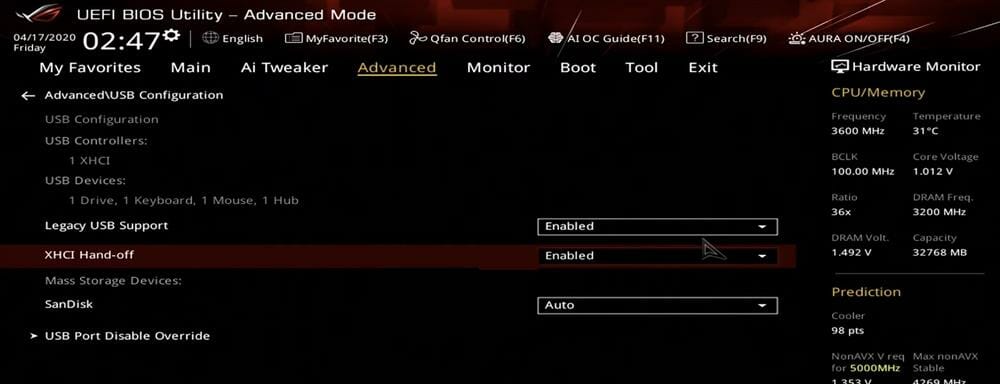
Now, this setting when enabled is found to fix the No drivers were found error while installing Windows 11. Since the process is different for each system, check the FAQ section on the system manufacturer’s website or look through the PC’s manual for the exact steps.
4. Create a new bootable USB or disc
If none of the methods here work, the problem may well be with the disc or bootable USB that you created. The best option here is to create another bootable USB drive for Windows 11, and this time, make sure to be careful with the process.
Once done, you would be able to install Windows 11 without encountering the No drivers were found error anymore.
Tip
Once you have managed to fix the error, we recommend using DriverFix, a dedicated tool that will automatically keep all the installed drivers up-to-date and prevent any driver-related issues in the future.
Also, find out what do to if the Windows 11 installation has failed, since several users have been facing this, and fixing it shouldn’t take more than a few minutes.
Besides many also report coming across the Select driver to install error while installing Windows 11, which is likely because the disc or bootable USB is missing the critical data.
Tell us which fix worked and your first impression of Windows 11, in the comments section below.
Newsletter
by Kazim Ali Alvi
Kazim has always been fond of technology, be it scrolling through the settings on his iPhone, Android device, or Windows. And at times, unscrewing the device to take… read more
Published on March 30, 2022
- The drivers not found error when installing Windows 11is usually encountered when using the installation assistant, disc, or a bootable USB.
- It could be that the drivers were not loaded while creating the bootable USB or it’s just the USB 3.0 port to be blamed.
- To fix the error, try using a USB 2.0 port to connect the bootable USB, or enable XHCI Hand-off in BIOS, amongst other methods here.
XINSTALL BY CLICKING THE DOWNLOAD FILE
This software will keep your drivers up and running, thus keeping you safe from common computer errors and hardware failure. Check all your drivers now in 3 easy steps:
- Download DriverFix (verified download file).
- Click Start Scan to find all problematic drivers.
- Click Update Drivers to get new versions and avoid system malfunctionings.
- DriverFix has been downloaded by 0 readers this month.
The regular version of Windows 11, one of the most awaited iterations, is finally out, and users have been thrilled to upgrade. But, many are unable to do so due to the No device drivers were found errors while installing Windows 11.
There are many ways to upgrade to Windows 11, via Windows Update, using the Windows installation assistant, or using a bootable USB drive. The error, however, is encountered with the latter two, while the upgrade process is smooth via Windows Update.
So, if you have received an update for Windows 11, go with that and you shouldn’t come across the No drivers were found error.
But if you haven’t received an update, fret not! In the following section, we will walk you through the most effective fixes for the error.
How do I fix the Driver not found error when installing Windows 11?
1. Use a USB 2.0 port
USB 3.0 ports are relatively new and offer a higher transfer speed, along with other benefits. But, these may be the reason you are encountering the No drivers were found error while installing Windows 11.

So, if you were indeed using a USB 3.0 port, switch to USB 2.0, and check if the error is fixed. This method has worked for most users, and should be your primary approach while troubleshooting.
In case the error persists, or your PC doesn’t have a USB 2.0 port, try the next method.
2. Set the desired partition as active
- Press the power button to force shut down the computer, and then restart it. As soon the Windows logo appears, again hold the power button to turn it off.
- Repeat the process a couple of times until Windows initiates the Startup Repair. Once it does, wait for it to complete, and then click on Advanced options.
- Next, click on Troubleshoot.
- Select Advanced options here.
- Now, click on Command Prompt from the six options listed here.
- Once here, execute the following command.
diskpart - Execute the following command to view the various disks.
list disk - Next, paste the following command and hit Enter to select a disk. Make sure to replace X with the disk number you are selecting in this command as well as the ones in the following steps.
select disk X - Now, execute the following command to list the partition.
list partition - Paste the following command and hit Enter to select the desired partition to store Windows.
select partition X - Finally, execute this command to mark the selected partition as active.
active
Some PC issues are hard to tackle, especially when it comes to corrupted repositories or missing Windows files. If you are having troubles fixing an error, your system may be partially broken.
We recommend installing Restoro, a tool that will scan your machine and identify what the fault is.
Click here to download and start repairing.
After making the changes, close Command Prompt, and now try installing Windows 11. In most likelihood, the No drivers were found error should not pop up now while installing Windows 11.
- Browser Not Working on Windows 11: How to Fix This
- Fix: Your Account Doesn’t Match Your Dev Environment
- How to Password Protect Zip Files in Windows 11 [3 Tips]
3. Turn on XHCI Hand-off in BIOS
The eXtensible Host Controller Interface or XHCI is a setting in BIOS that decides whether the USB ports will be controlled by the BIOS or the OS. When it’s disabled, BIOS is responsible for controlling USB devices, and when it’s enabled, the job lies with the OS.

Now, this setting when enabled is found to fix the No drivers were found error while installing Windows 11. Since the process is different for each system, check the FAQ section on the system manufacturer’s website or look through the PC’s manual for the exact steps.
4. Create a new bootable USB or disc
If none of the methods here work, the problem may well be with the disc or bootable USB that you created. The best option here is to create another bootable USB drive for Windows 11, and this time, make sure to be careful with the process.
Once done, you would be able to install Windows 11 without encountering the No drivers were found error anymore.
Tip
Once you have managed to fix the error, we recommend using DriverFix, a dedicated tool that will automatically keep all the installed drivers up-to-date and prevent any driver-related issues in the future.
Also, find out what do to if the Windows 11 installation has failed, since several users have been facing this, and fixing it shouldn’t take more than a few minutes.
Besides many also report coming across the Select driver to install error while installing Windows 11, which is likely because the disc or bootable USB is missing the critical data.
Tell us which fix worked and your first impression of Windows 11, in the comments section below.
Newsletter
|
814 / 526 / 214 Регистрация: 22.12.2017 Сообщений: 1,495 |
|
|
1 |
|
|
07.04.2022, 01:48. Показов 2868. Ответов 14
При попытке установки Windows 10(или 11), после нажатия кнопки «Установить» появляется уведомление об ошибке «No device drivers were Found / Не найден необходимый драйвер носителя» и предложение подключить носитель с этими драйверами. Все методы что нашел в сети уже испробовал. Перебрал 3 флешки, менял порты USB, перебрал все драйвера на сайте производителя(ноутбук gigabyte g5 gd, поставляется без ОС) и на сайте intel(intel rst), всё что смог потыкал в биосе, хотя тыкать там особо нечего — биос выглядит почти как на этом видео, но кнопок «create raid volume» или «sata mode» нету. Также пробовал всяческие манипуляции с diskpart из этой статьи, пытался установить разные образы windows, как официальный образ windows 10 home, так и прочие, проблема та же. При этом linux отлично встал, без каких-либо проблем. Заранее спасибо!
0 |
|
41 / 35 / 19 Регистрация: 24.09.2013 Сообщений: 240 |
|
|
07.04.2022, 06:32 |
2 |
|
codcw, Попробуйте обновить BIOS с офф сайта gigabyte
о кнопок «create raid volume» или «sata mode» нету Как показано в видео с ютуба, нужно несколько раз переходить по разделам «Main» и «Advanced» что бы появилась пункт SATA MODE. Так не работает?
0 |
|
814 / 526 / 214 Регистрация: 22.12.2017 Сообщений: 1,495 |
|
|
07.04.2022, 13:39 [ТС] |
3 |
|
Аркалык,
Попробуйте обновить BIOS с офф сайта gigabyte На оф сайте биос для своей модели не нашел, да и для соседних моделей в линейке он не представлен на сайте, моя модель идет с биосом fb08, что судя по этому обзору — одна из последних версий
нужно несколько раз переходить На видео видно, что пункт sata mode есть уже после первого нажатия на вкладку advanced, у меня его нет сколько бы раз не переходил
0 |
|
8446 / 2968 / 494 Регистрация: 14.04.2011 Сообщений: 7,358 |
|
|
07.04.2022, 15:41 |
4 |
|
Драйвер Intel Rapid Storage Technology (IRST) не пробовали «скормить» во время установки.
0 |
|
814 / 526 / 214 Регистрация: 22.12.2017 Сообщений: 1,495 |
|
|
07.04.2022, 15:52 [ТС] |
5 |
|
Добавлю еще немного — если выключить vmd, после перезагрузки в биосе пропадает вкладка intel rapid storage, но во вкладке main появляются 4 новые вкладки, впрочем что так что так — в этих вкладках и во вкладке intel rapid storage изменить ничего нельзя А так при выключенном: Также при выключенном vmd драйвера отказываются устанавливаться
0 |
|
814 / 526 / 214 Регистрация: 22.12.2017 Сообщений: 1,495 |
|
|
07.04.2022, 15:53 [ТС] |
6 |
|
Андрей1224, да, причём разные, все что смог найти — не помогает
0 |
|
881 / 193 / 53 Регистрация: 06.11.2015 Сообщений: 1,912 Записей в блоге: 2 |
|
|
07.04.2022, 18:06 |
7 |
|
codcw, а все порты USB 3?
При этом linux отлично встал, без каких-либо проблем в live режиме?
0 |
|
814 / 526 / 214 Регистрация: 22.12.2017 Сообщений: 1,495 |
|
|
07.04.2022, 18:44 [ТС] |
8 |
|
Luca Brasi,
а все порты USB 3? один порт 2.0, остальные 2 — 3.0, флешки пробовал тыкать во все порты, и менять порты во время установки, это ничего не даёт
в live режиме? и в live режиме, и на внутренний ssd устанавливается без проблем
0 |
|
814 / 526 / 214 Регистрация: 22.12.2017 Сообщений: 1,495 |
|
|
08.04.2022, 02:27 [ТС] |
9 |
|
Тема всё ещё актуальна. Добавляю деталь — если при попытке загрузиться с флешки забить все слоты usb флешками, загрузиться не получится — выдаёт сообщение с ошибкой, также становится невозможно зайти во вкладку administer secure boot в биосе — текст ошибки точно не помню, что-то вроде «не подключено ни одного устройства с которого можно загрузиться», как только вынимаю какую-то флешку, загрузиться сразу становится возможно, ошибка не появляется
0 |
|
881 / 193 / 53 Регистрация: 06.11.2015 Сообщений: 1,912 Записей в блоге: 2 |
|
|
08.04.2022, 09:46 |
10 |
|
codcw, у меня на MSI материнке от количества занятых портов кидало разного формата сообщения.
1 |
|
814 / 526 / 214 Регистрация: 22.12.2017 Сообщений: 1,495 |
|
|
08.04.2022, 14:55 [ТС] |
11 |
|
Luca Brasi, да, у меня получилось обойти ошибку с драйверами таким образом(спасибо!), но теперь у меня один диск и один partition(mbr), потому что на gpt нельзя выставить partition active, и во время установки windows ругается на то что диск не в gpt partition, а если переформатировать то это всё-равно не помогает, я думаю потому что винда на этом же диске который я форматирую и конвертирую в gpt
0 |
|
814 / 526 / 214 Регистрация: 22.12.2017 Сообщений: 1,495 |
|
|
08.04.2022, 15:01 [ТС] |
12 |
|
И я пробовал разделить диск на 2 части, на одну из них положить установщик винды и так запускать — по итогу опять вылазит ошибка с драйверами(даже так это не решило бы проблему — конвертация в gpt доступна только в пределах всего диска, а не одного partition)
0 |
|
8446 / 2968 / 494 Регистрация: 14.04.2011 Сообщений: 7,358 |
|
|
08.04.2022, 15:50 |
13 |
|
Решениеcodcw, Лет 6 назад я создал тему на этом форуме про установку систем c жесткого диска, но особо умные начали писАть, что это старо как мир и типа никому не нужно и я эту тему забросил.
1 |
|
814 / 526 / 214 Регистрация: 22.12.2017 Сообщений: 1,495 |
|
|
08.04.2022, 17:06 [ТС] |
14 |
|
Андрей1224, Огромное спасибо! Сделал точь в точь как вы описали — всё установилось без каких-либо проблем. Единственное замечание — из-за fat32 не вышло использовать официальный образ windows 10 x64 — он занимает примерно 5.5гб, а насчёт
В UEFI-BIOS должен быть установлен режим загрузки UEFI или UEFI and Legacy. у меня в биосе нету никаких подобных настроек, но и без этого всё получилось
1 |
|
8446 / 2968 / 494 Регистрация: 14.04.2011 Сообщений: 7,358 |
|
|
08.04.2022, 18:26 |
15 |
|
codcw,
1 |
|
IT_Exp Эксперт 87844 / 49110 / 22898 Регистрация: 17.06.2006 Сообщений: 92,604 |
08.04.2022, 18:26 |
|
Помогаю со студенческими работами здесь Ошибка при установке Windows: «Не найден необходимый драйвер для дисковода оптических дисков» Ошибка при установке Windows: «Не найден необходимый драйвер для дисковода оптических дисков» Ошибка при установке Windows: «Не найден необходимый драйвер для дисковода оптических дисков»
Ошибка при установке Windows: «Не найден необходимый драйвер для дисковода оптических дисков»
Ошибка при установке Windows: «Не найден необходимый драйвер для дисковода оптических дисков» Искать еще темы с ответами Или воспользуйтесь поиском по форуму: 15 |



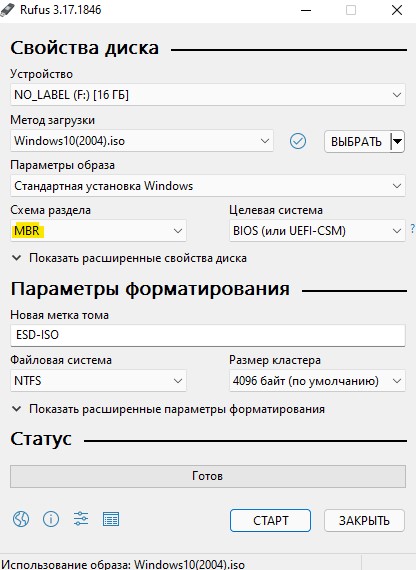

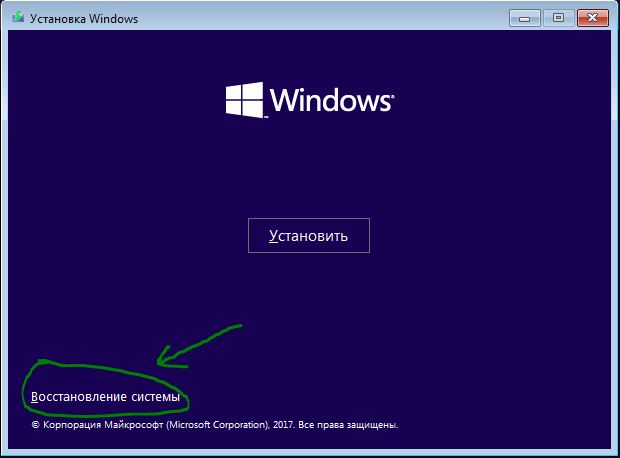
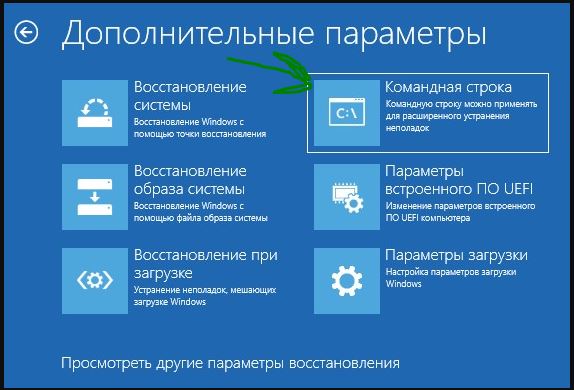
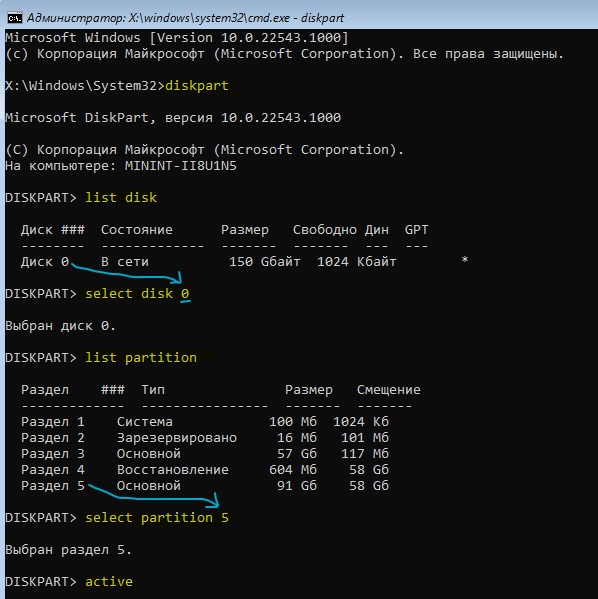
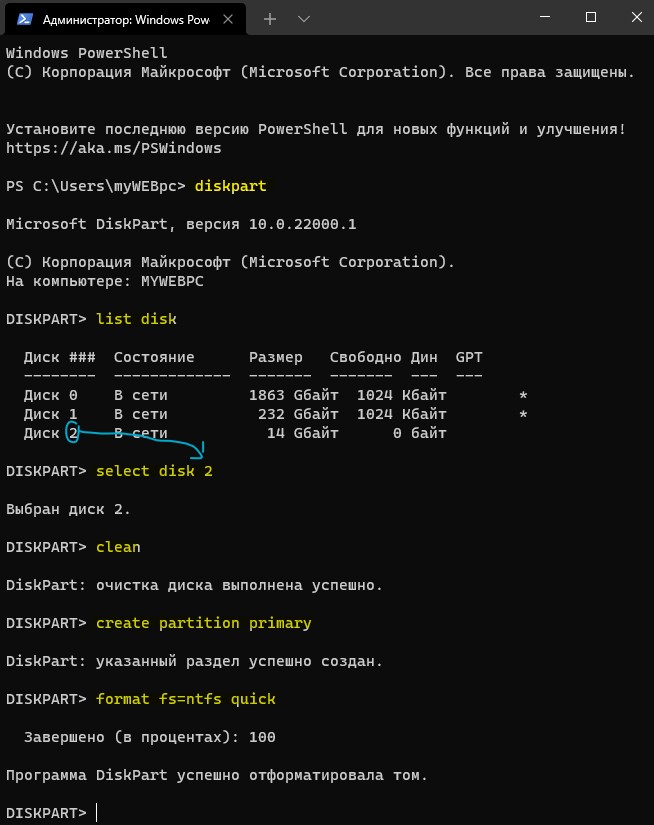
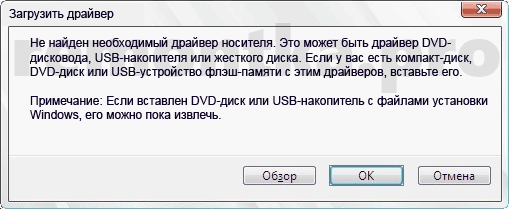

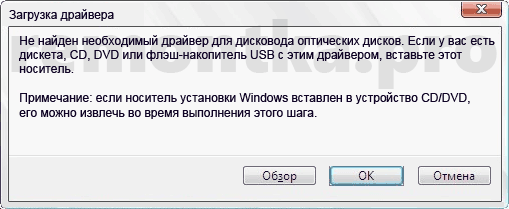
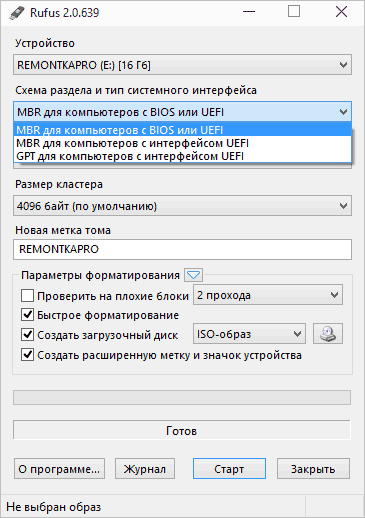
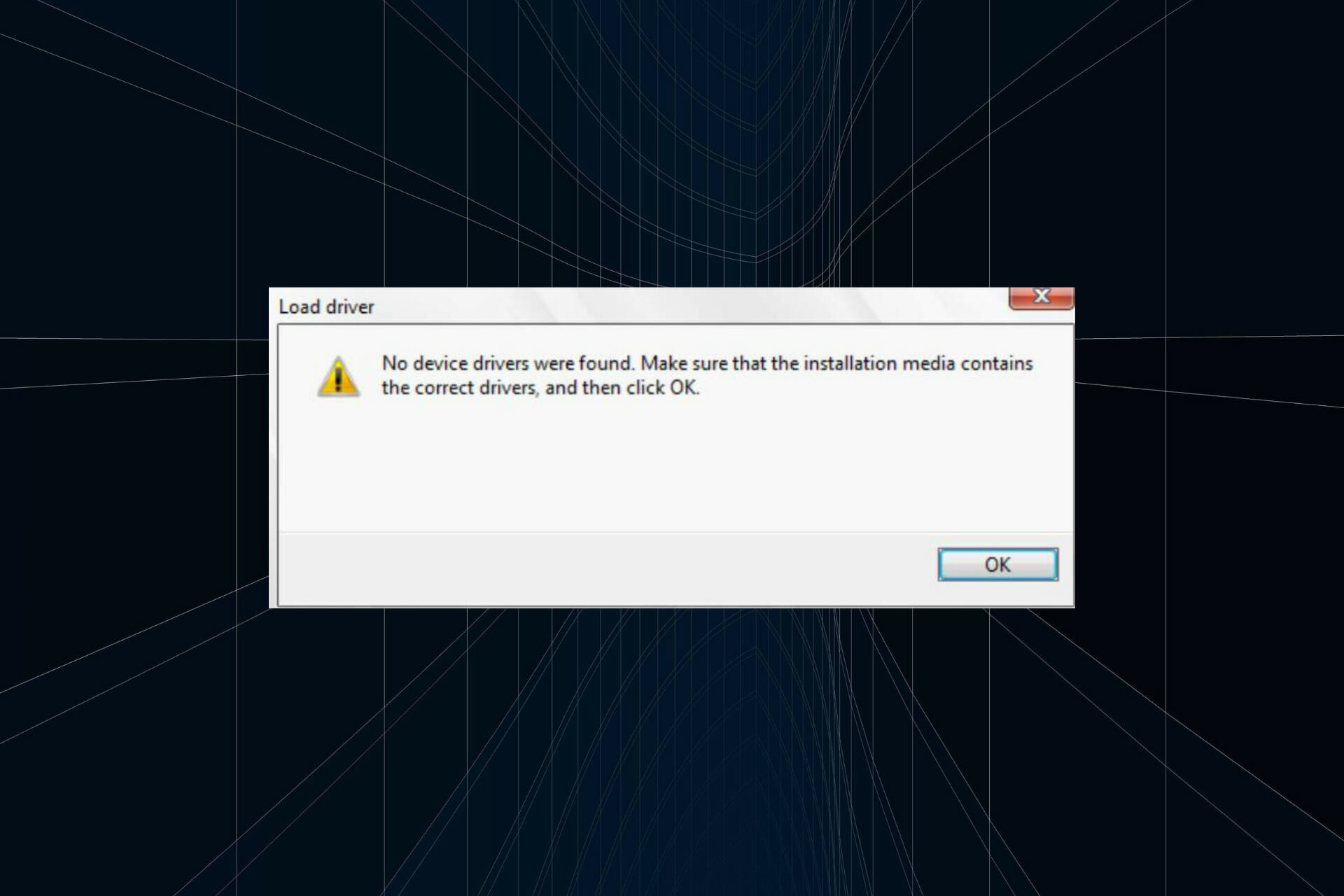
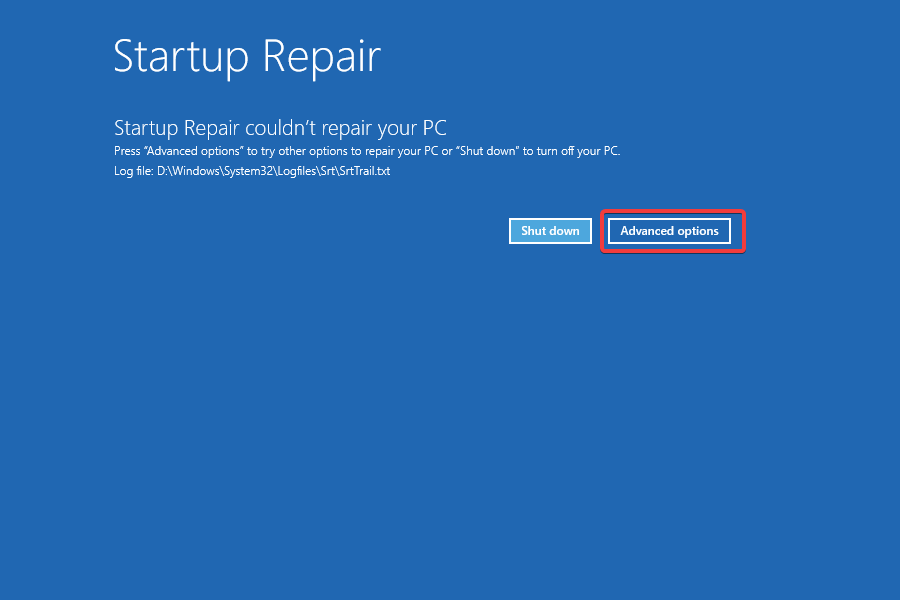
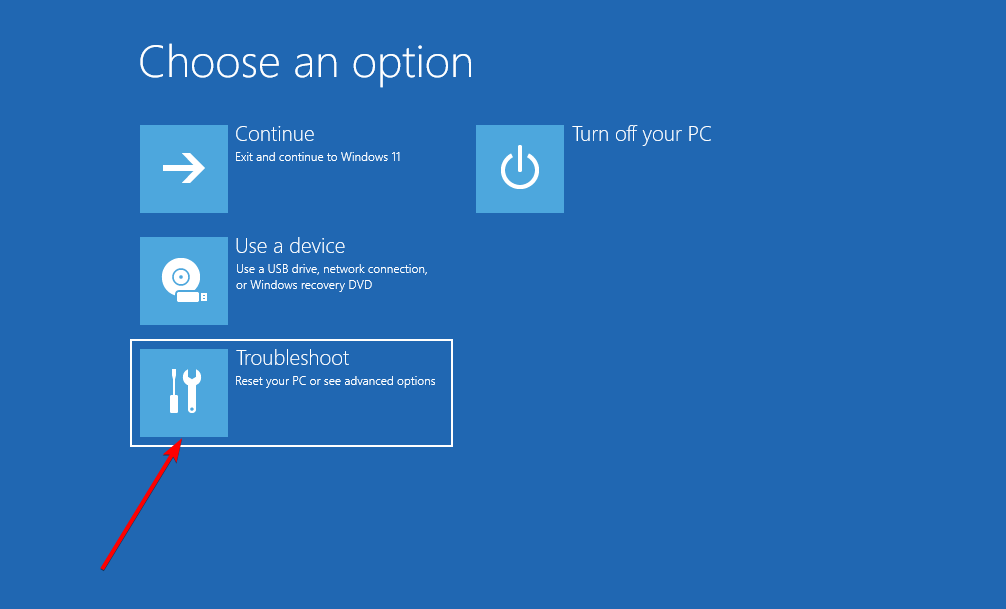
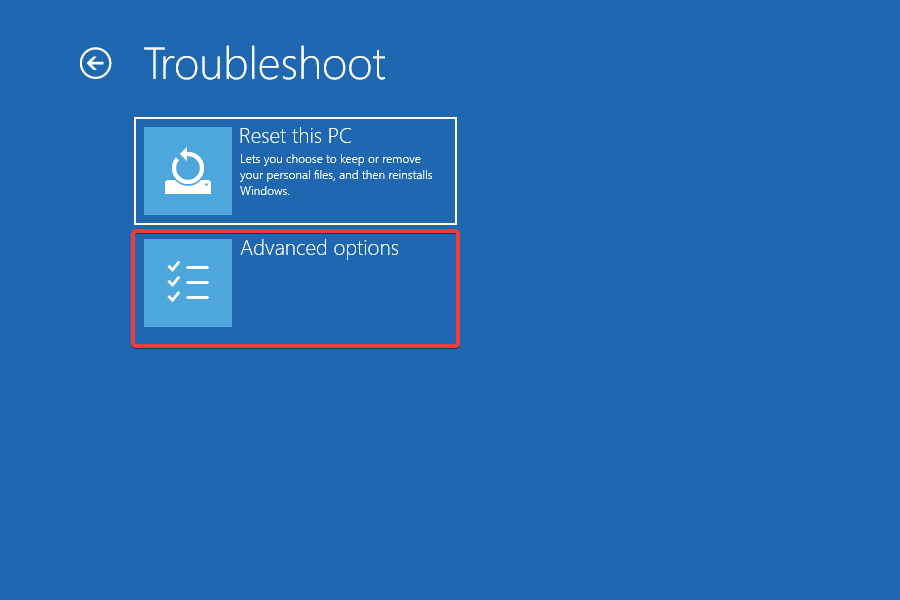
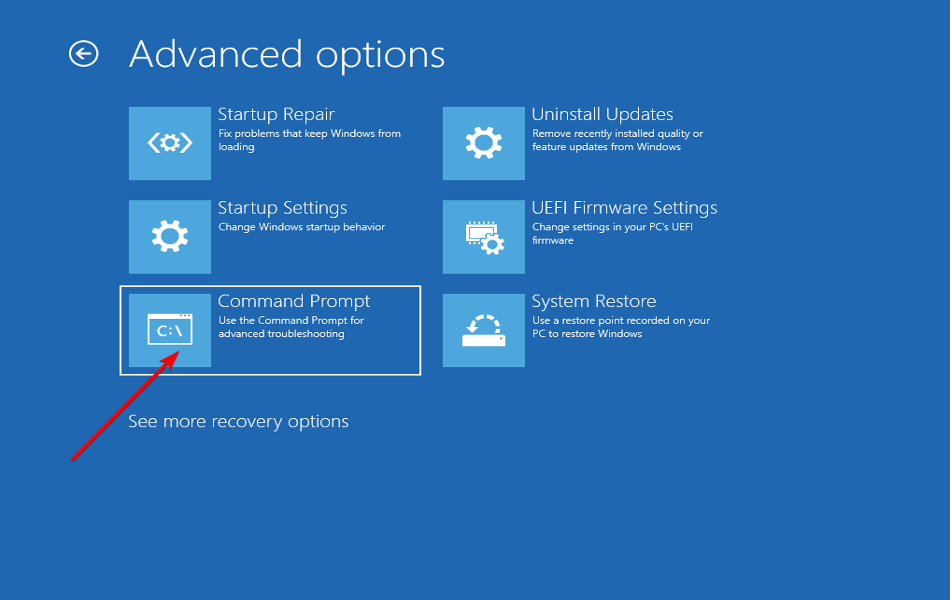
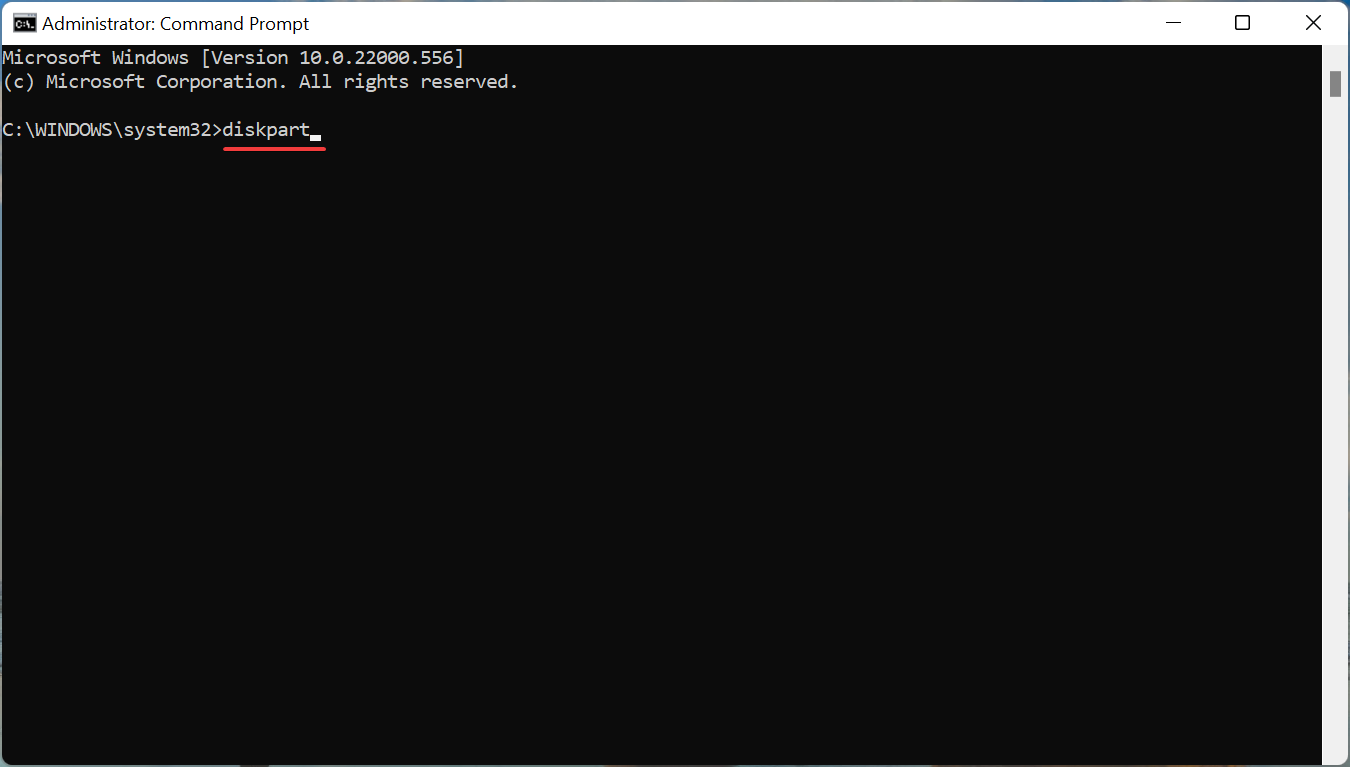
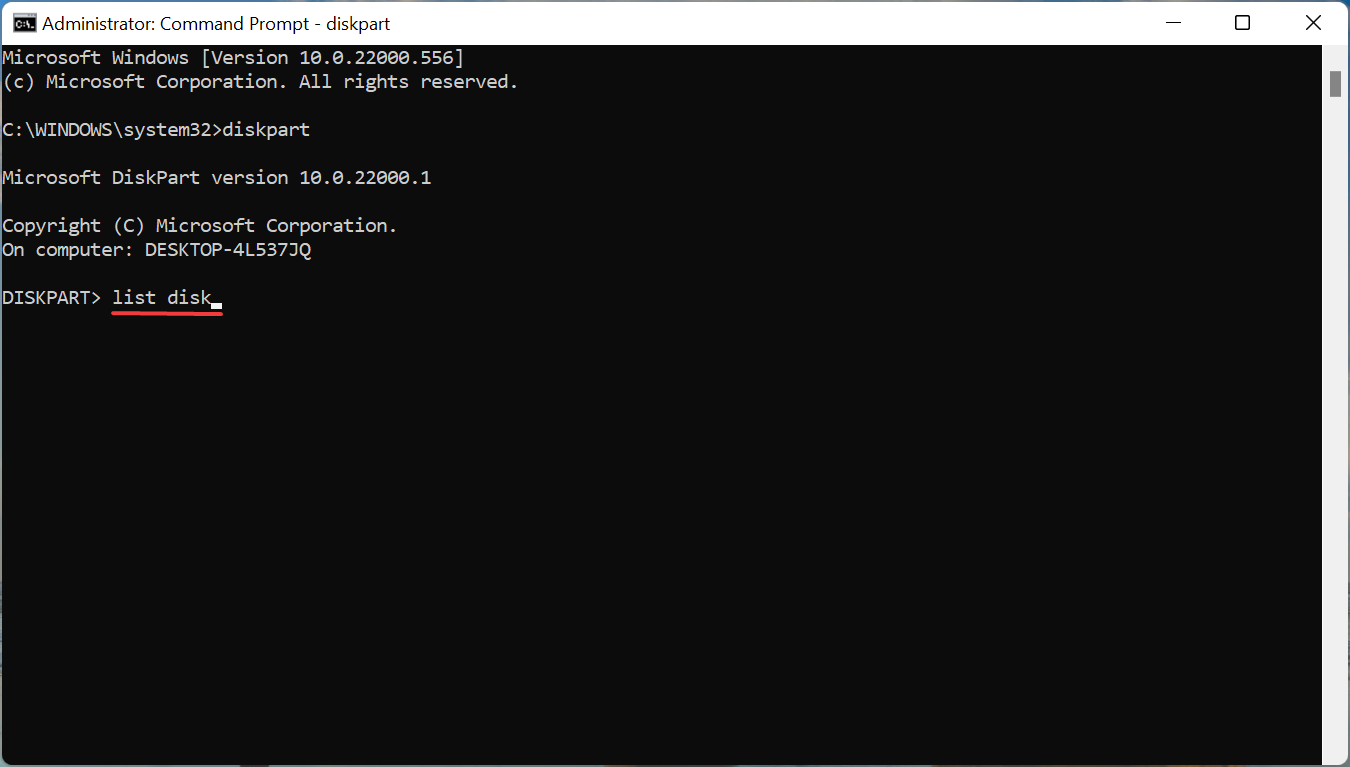
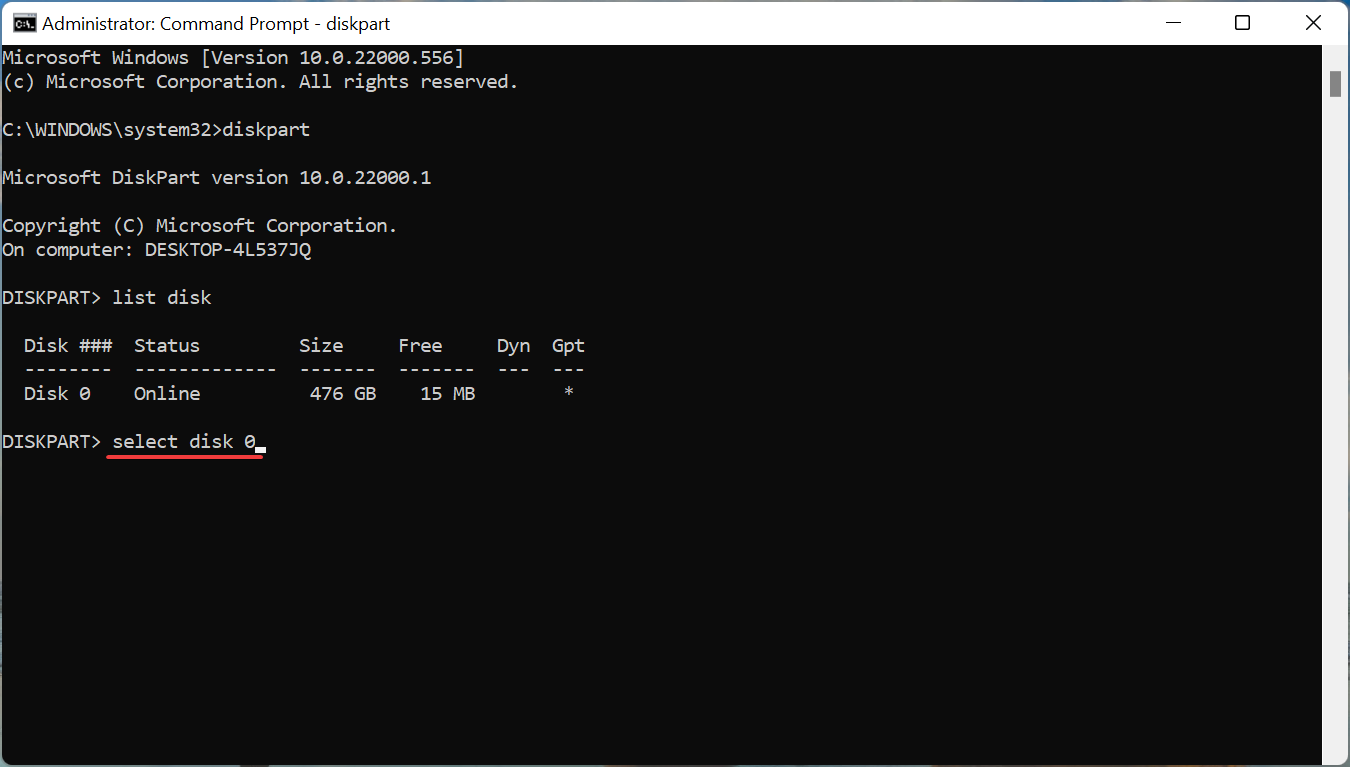






 Сообщение было отмечено codcw как решение
Сообщение было отмечено codcw как решение